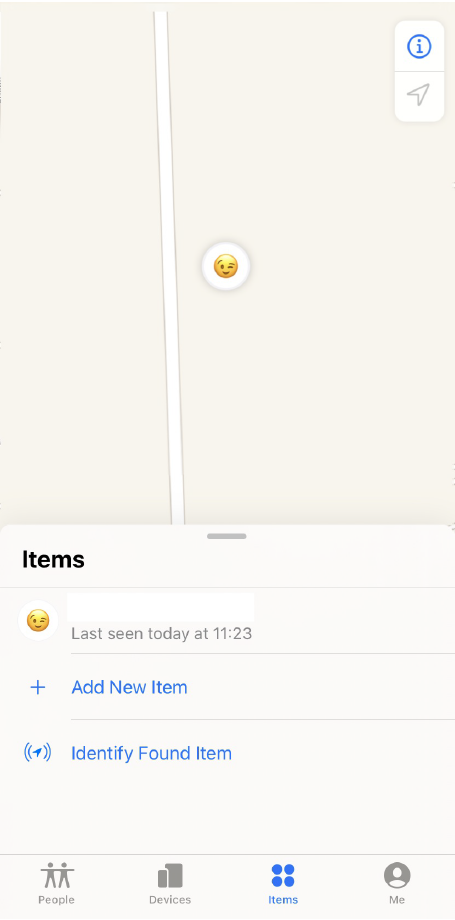Hacking. Disinformation. Surveillance. CYBER is Motherboard's podcast and reporting on the dark underbelly of the internet.
Advertisement

Advertisement
As another example, Krol said that he was renting an Airbnb in Kraków. He left an AirTag in the apartment, then went for a walk, and saw immediately that the AirTag was updating its position through the neighbor's iPhone, thus inferring that someone was home in the apartment next door.Obviously, these risks are mitigated in densely populated cities, where there might be a lot of iPhones, making it hard to figure out when an apartment is actually empty, Krol explained.Do you research vulnerabilities on Apple's products? We’d love to hear from you. You can contact Lorenzo Franceschi-Bicchierai securely on Signal at +1 917 257 1382, OTR chat at lorenzofb@jabber.ccc.de, or email lorenzofb@vice.com
Advertisement

